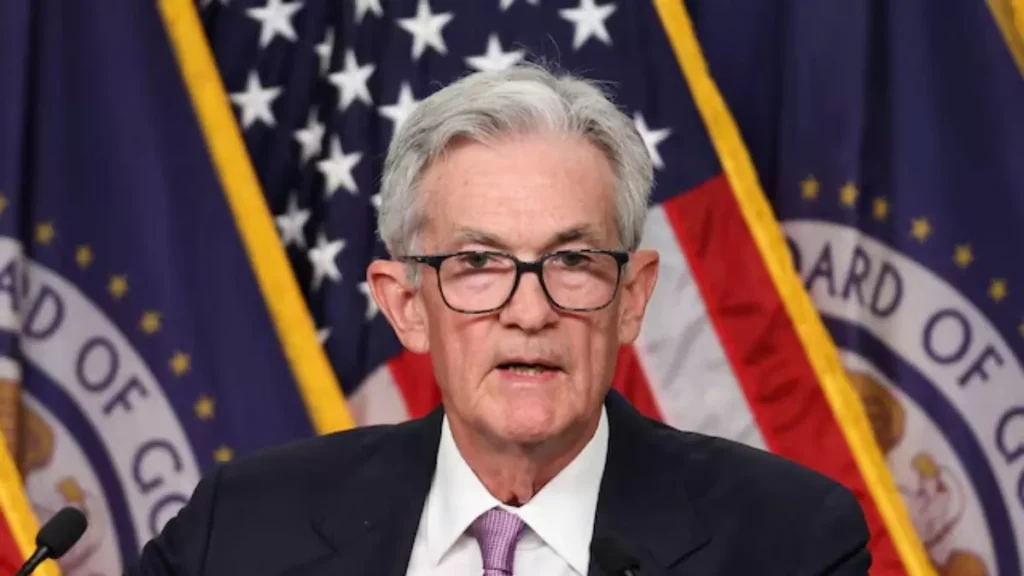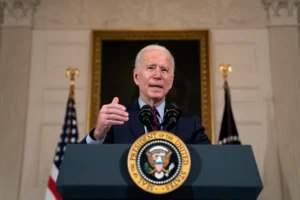
Federal Reserve Signals Possible Interest Rate Cut: What It Means for the U.S. Economy
Federal Reserve Considers Interest Rate Cut: A Game Changer for the Economy
The Federal Reserve is hinting at a potential interest rate cut, a decision that could significantly impact the U.S. economy. This move, contingent on incoming economic data, highlights the central bank’s commitment to balancing inflation and fostering economic growth. With policymakers closely monitoring key indicators, the prospect of lower interest rates is sparking discussions across industries.
Why Is the Fed Considering a Rate Cut?
The possibility of an interest rate cut stems from evolving economic conditions. Despite earlier concerns about persistent inflation, recent data suggests that price pressures are easing. Core inflation has shown a downward trend, providing some breathing room for the Fed.
Additionally, concerns about slowing economic growth and geopolitical uncertainties, such as fluctuating oil prices and global conflicts, are shaping the Fed’s outlook. Lower rates could encourage borrowing and investment, countering potential economic headwinds.
Implications for Consumers and Businesses
- For Consumers
- Lower Borrowing Costs: An interest rate cut could make mortgages, car loans, and credit card rates more affordable, potentially boosting consumer spending.
- Savings Rates: On the flip side, savers may earn less from interest-bearing accounts, impacting those relying on fixed incomes.
- For Businesses
- Investment Opportunities: Reduced borrowing costs may incentivize companies to invest in expansion, driving job creation and innovation.
- Market Performance: Historically, rate cuts have positively influenced stock markets, as they reduce financing costs for corporations.
Market Reactions So Far
Financial markets are responding cautiously to the Fed’s hints. While stocks have rallied on optimism, bond yields have seen fluctuations. Investors are weighing the benefits of a rate cut against concerns about potential economic stagnation.
External Insight: Explore how past rate cuts influenced the stock market on Investopedia.
The Bigger Picture: Economic Growth vs. Inflation Control
The Fed’s dual mandate focuses on promoting maximum employment and stable prices. Balancing these goals often requires trade-offs:
- Cutting rates can stimulate growth but might reignite inflationary pressures if done prematurely.
- Keeping rates high helps tame inflation but risks slowing economic activity too much.
Jerome Powell, the Federal Reserve Chair, has emphasized a data-driven approach. The Fed’s next steps will depend on upcoming reports on unemployment, GDP growth, and consumer spending.
External Insight: For detailed Fed policy updates, visit the Federal Reserve’s official site.
Potential Risks of a Rate Cut
While rate cuts offer benefits, they are not without risks:
- Asset Bubbles: Prolonged low rates can inflate housing or stock market bubbles, leading to future instability.
- Limited Tools: Reducing rates now leaves less room for further cuts if a recession hits.
- Global Impact: Lower U.S. rates could weaken the dollar, affecting international trade dynamics.
What Experts Are Saying
Economists are divided on the timing of a rate cut. Some argue that the Fed should wait to ensure inflation is firmly under control, while others believe preemptive action could prevent a downturn.
Kristin Forbes, a former Bank of England policymaker, noted, “Central banks must tread carefully to balance risks without overreacting to short-term data fluctuations.”
What’s Next?
The Fed’s decision-making process is expected to dominate discussions in upcoming Federal Open Market Committee (FOMC) meetings. Analysts predict that the next few months will be critical, as the Fed weighs the potential benefits of rate cuts against their long-term implications.
Consumers, businesses, and investors alike will need to stay informed as these developments unfold. Whether it’s refinancing a mortgage or rethinking investment strategies, understanding the Fed’s actions will be key to navigating this dynamic economic landscape.
How You Can Prepare
- Monitor Economic Indicators: Pay attention to inflation reports, unemployment rates, and GDP growth figures.
- Evaluate Financial Plans: Consider how potential rate changes could affect loans, savings, and investments.
- Seek Professional Advice: Consult financial advisors to adapt to shifting market conditions.
Conclusion
The Federal Reserve’s possible interest rate cut underscores the dynamic nature of monetary policy in response to economic shifts. As policymakers prioritize economic stability, their decisions will ripple through households, businesses, and markets. Staying informed and proactive will be essential for navigating these changes.
For ongoing updates, follow trusted financial news sources like Bloomberg and CNBC.


